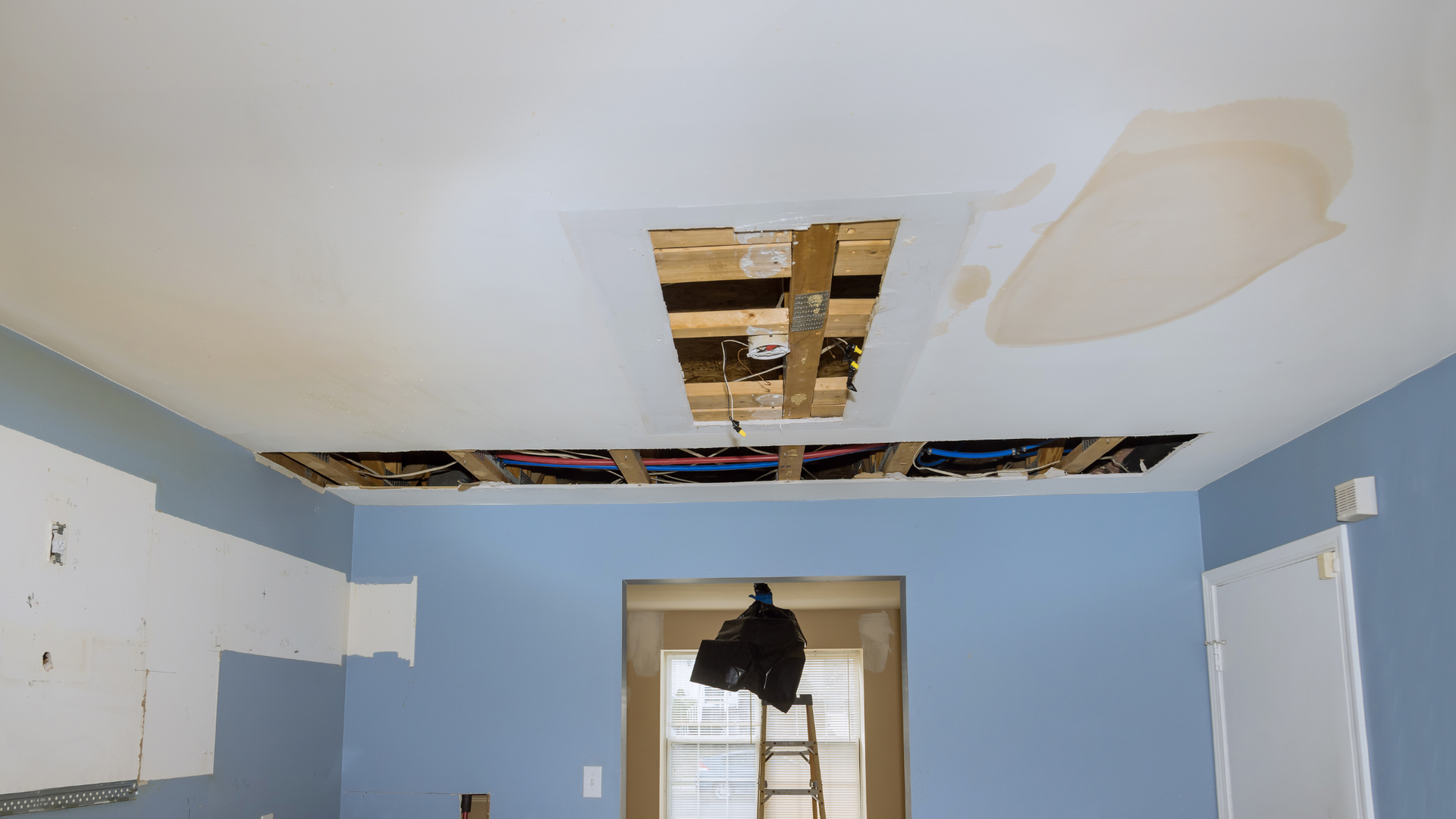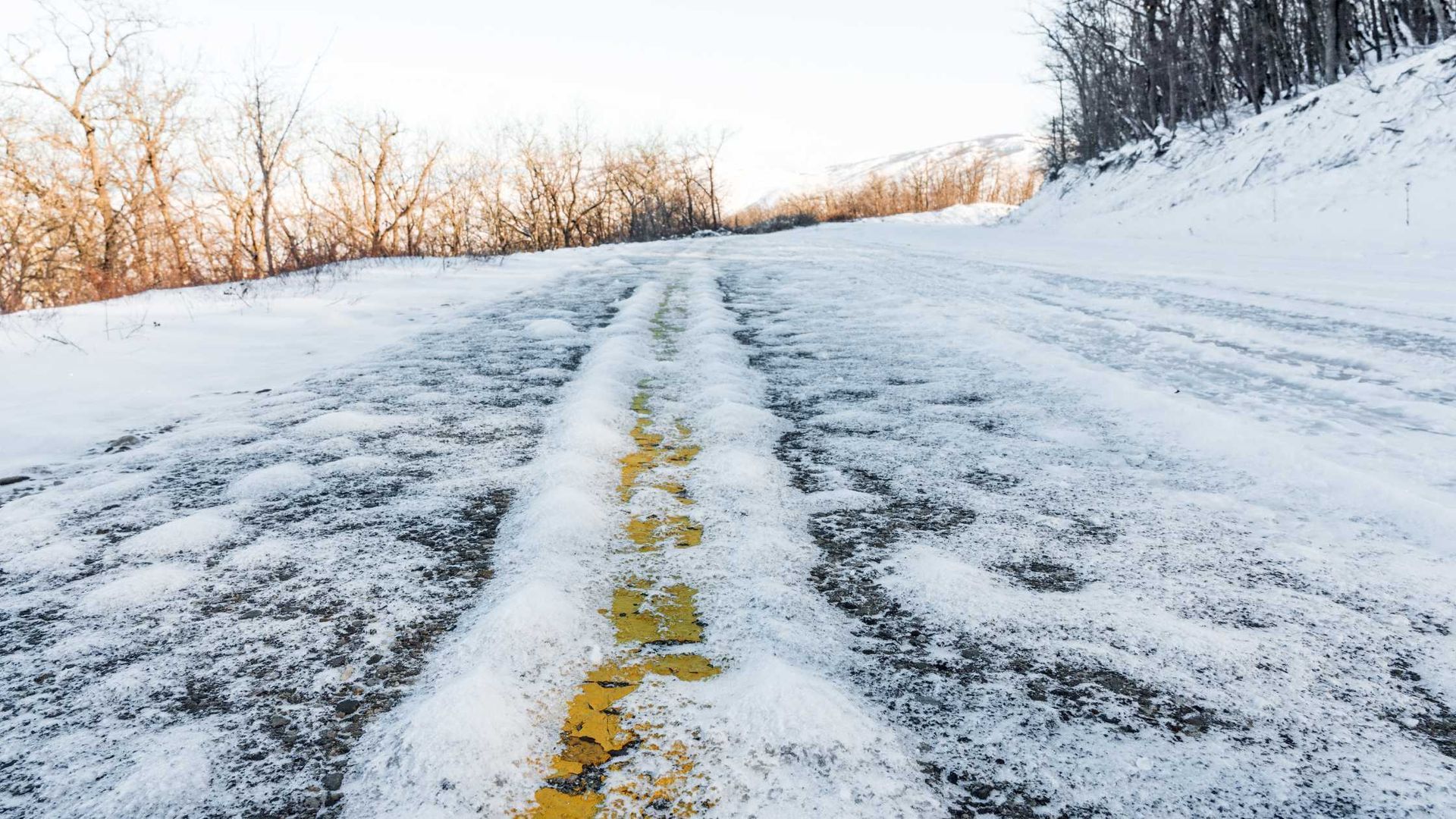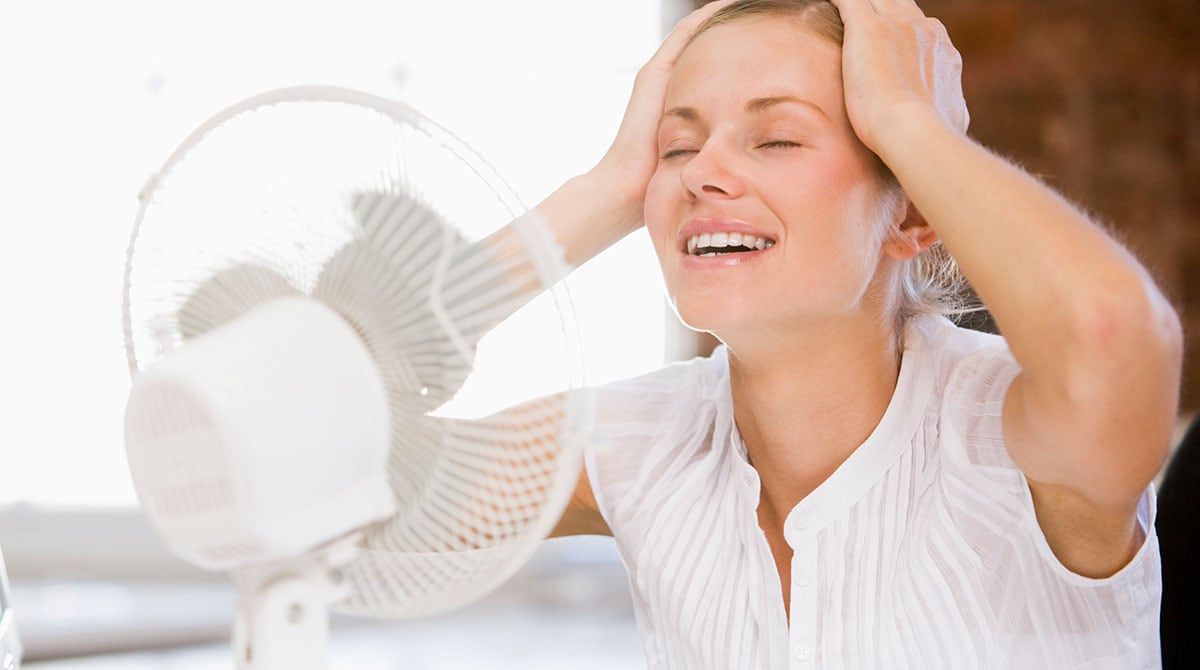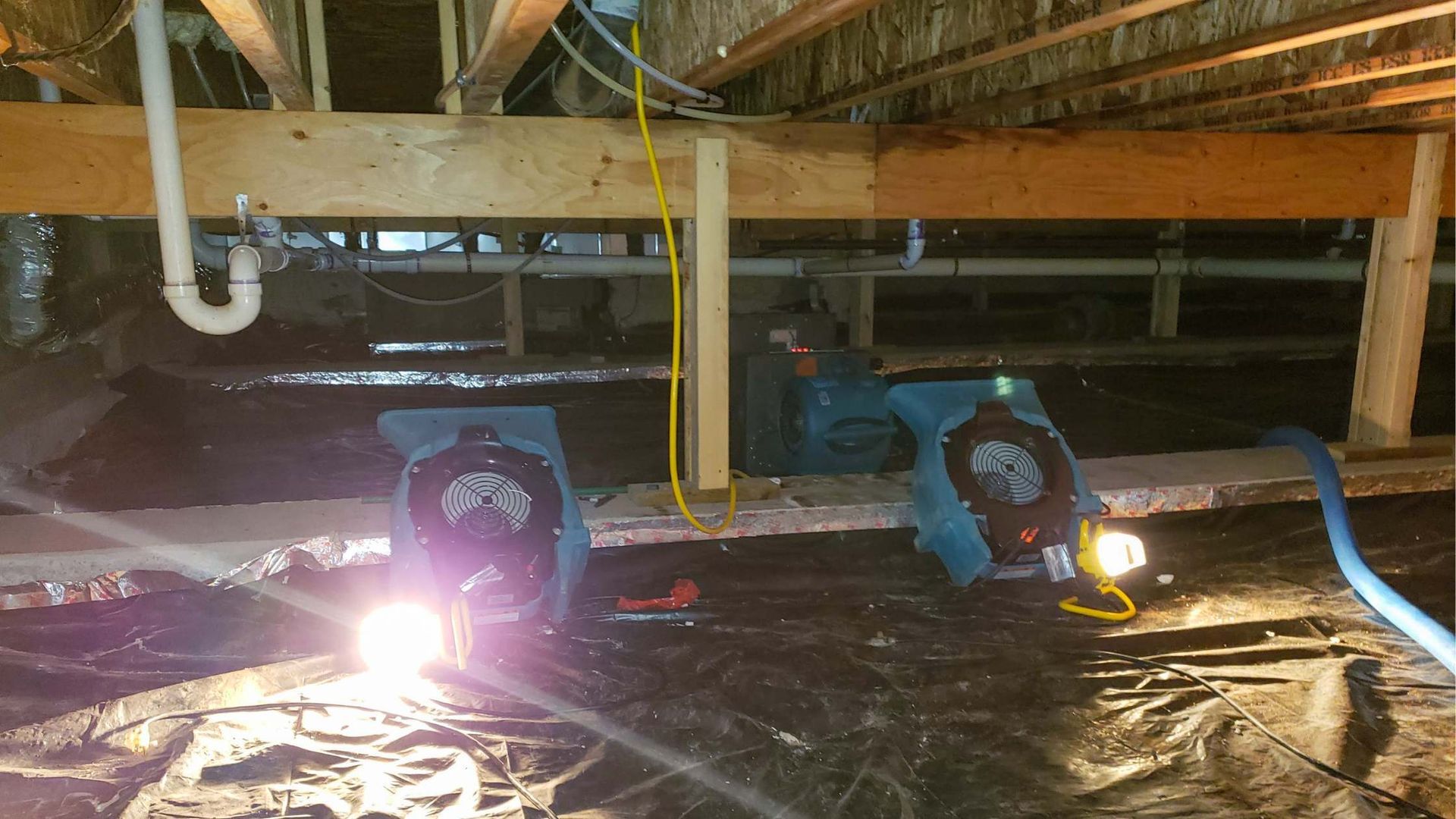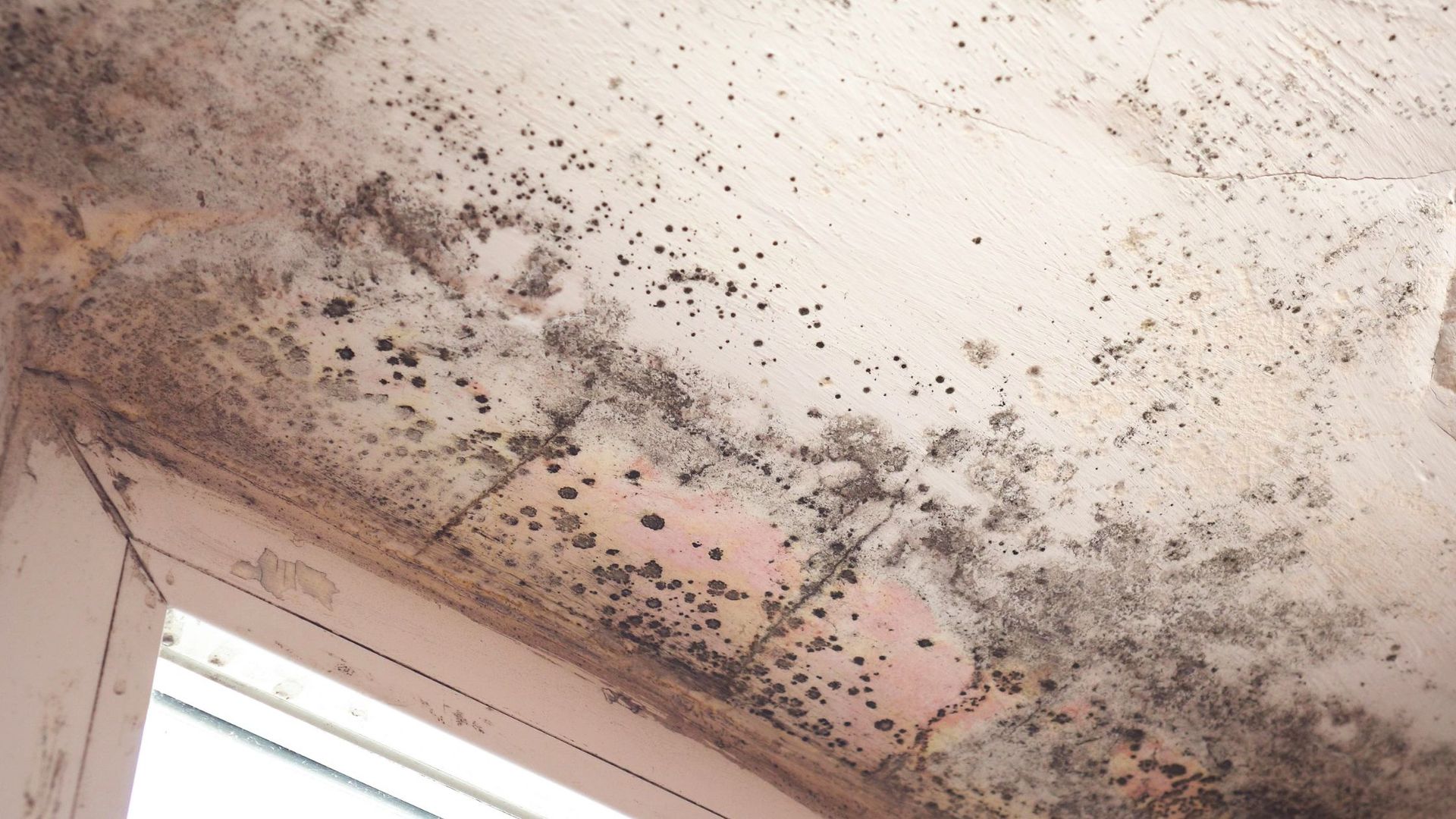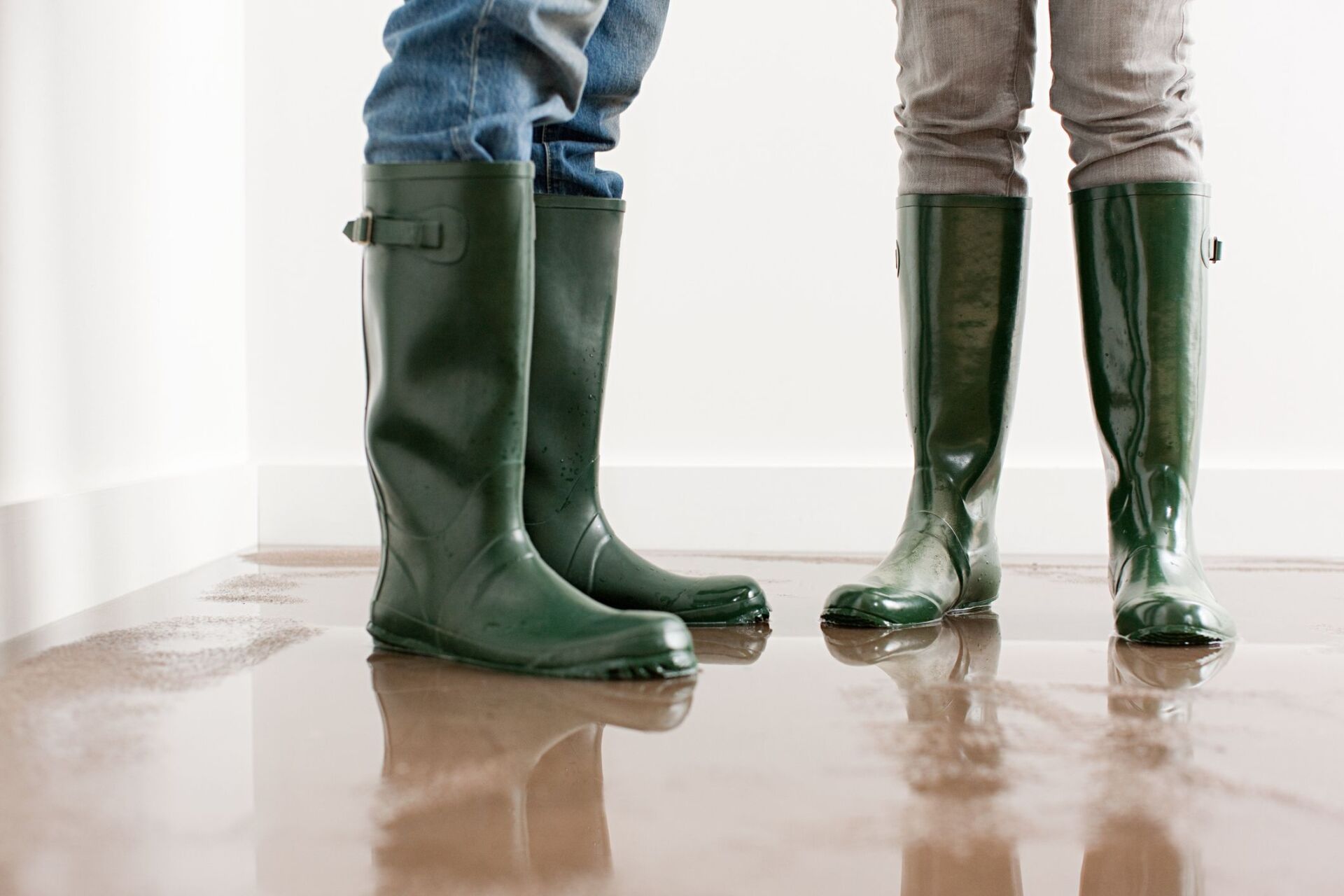Repairing and Preventing Bathroom Water Damage
Repairing and Preventing Bathroom Water Damage
-Durham, NC

Bathrooms are notoriously wet and humid, with water splashing in every conceivable area. Some of the water may seep into the walls and floors, creating water damage. Furthermore, it has the potential to produce mold difficulties and structural damage that would necessitate significant work to remediate. Mold can be identified by dark discoloration, bowed or warped walls, a distinct musty odor, and peeling or bubbling paint. Mold can also cause wood rot, destroying the structure of your home.
You can avoid costly repairs and keep your bathroom at its best by following a few simple steps to waterproof it. What could be causing water damage if you find yourself in this situation? It is usually caused by flooding, dripping faucets, or busted pipes. The American National Standards Institute classifies water into three types that affect your home:
- Category 1 – Clear water is sanitary water, and this is most of the water that enters your house.
- Category 2 – Grey water is contaminated water that can cause illness and skin irritations if ingested and used for bathing. This type of water can create toilet bowl overflows and washer/dishwasher damage.
- Category 3 – Black water is highly contaminated and poses a serious risk to your health. This water may contain raw sewage, heavy metals, and other toxic substances. This water has a very detectable, musty smell. Experts advise to not come into contact with this water, and to immediately call professionals to assess and remediate the damage.
Water Damage Impact on Your Health
If you discover a damaged restroom, you must act promptly. Delaying repairs can result in more damage and have an impact on the health of others in your family. The following are some health conditions that may be induced by water damage:
- Mold causes respiratory issues. Mold allergies can be connected to asthma in certain people, and exposure can cause breathing difficulties.
- Bacterial infections cause strep throat and ear infections.
- Illness caused by insects, the presence of which can worsen as a result of water damage. Cockroaches and mosquitos regard damp settings as suitable hatching grounds.
Tips to Prevent Bathroom Water Damage
- Check for leaks on a regular basis. -Inspect your bathroom floor for symptoms of water damage on a regular basis. Look for signs of water damage on the bathroom walls, such as peeling paint, mold, or mildew. Check the walls to see if there are any sections that are softer than others. These indications suggest that there is water damage in your bathroom. Look for concealed leaks under vanities and make sure the sink trap is not leaking. If any of these issues present, locate the source of the leak and have it repaired. It is strongly advised to take urgent action to remedy the situation. Ignoring water damage can only exacerbate the situation and necessitate more extensive repairs in the future.
- Replace cracked, damaged, or missing tiles that allow water to leak behind walls and beneath floors. Replace broken or rotting grout as well as caulking around sinks, tubs, and showers. The tiles may be cleaned and reinstalled appropriately. If a substantial number of the tiles are damaged, shower enclosure kits, which are much easier to install and more durable, may be a good option. After removing the afflicted tiles, the next step is to cut out any soft, damaged drywall.
- Check the valves on your toilets, showers, and sinks on a regular basis to ensure they are in good operating order. Examine the area surrounding them for wetness or stains, which could indicate a leak. Check that the showerhead and all of the faucets are securely fastened and do not drip. You don't want water getting into places it shouldn't.
- Improve your fixtures. Did you aware that toilets account for almost 40% of your whole annual water consumption? In addition, older showerheads may use twice the amount of water as newer models. If your fixtures are old, think about replacing them to save water and prevent potential damage.
- If your sink drains slowly, it is possible that the drain is plugged. Pour a vinegar-and-baking-soda mixture down the drain. If it still doesn't work, call a plumber to inspect the trap for obstructions. Allowing water to collect and sit in the space around the sink is also not a good idea.
- Flush only toilet paper down the toilet. Diapers and sanitary napkins can obstruct plumbing. For septic systems, only use septic-safe toilet paper.
- Flush "flushable" wipes. When wet, flushable wipes do not fall apart, despite their name. In fact, they are more durable than paper towels. As a result, they don't dissolve. They also necessitate more frequent septic tank pumping and might clog pipes.
- Every time you take a shower or soak in the tub, turn on your exhaust fan. The fan draws moisture out of the air, keeping it from entering your walls and causing bubbling drywall and mold growth. You can also use a dehumidifier to minimize the humidity in the bathroom.
- After taking a shower or bath, always check the bathroom flooring for water. Wipe away any excess water and completely drain the shower or tub. This aids in the prevention of standing water damage. Towels or a wet vac can be used to remove the standing water. Large amounts of water can be removed using the wet vac. Replace ripped shower curtains or shower doors with broken seals.
- Reduce the amount of water that children splash in the tub. Wipe up any water that gets on the floor or walls as quickly as possible.
- Place bathmats on the floor to reduce the chance of standing water outside your shower.
Water can always cause damage in your bathroom, but if you take these precautions, you can avoid water damage and mold.
Call Restoration 1 of Durham-Greensboro for Water Damage Restoration! Bathroom water damage can happen at any time, but with the appropriate information, you can be ready if you discover a leak or frothy walls. Contact Restoration 1 of Durham-Greensboro for top-notch professional assistance in restoring your bathroom. Our water damage restoration and mold removal specialists are available to you 24 hours a day, 7 days a week.
